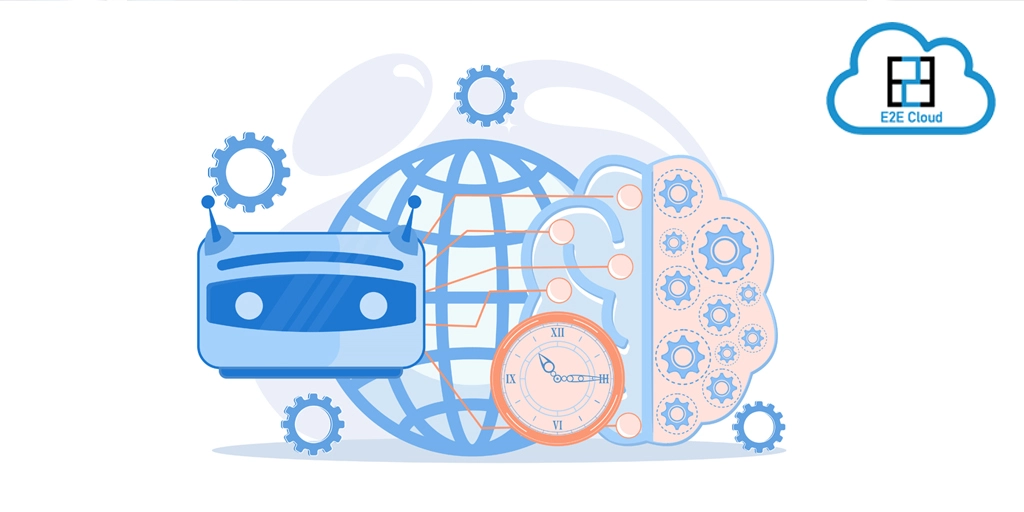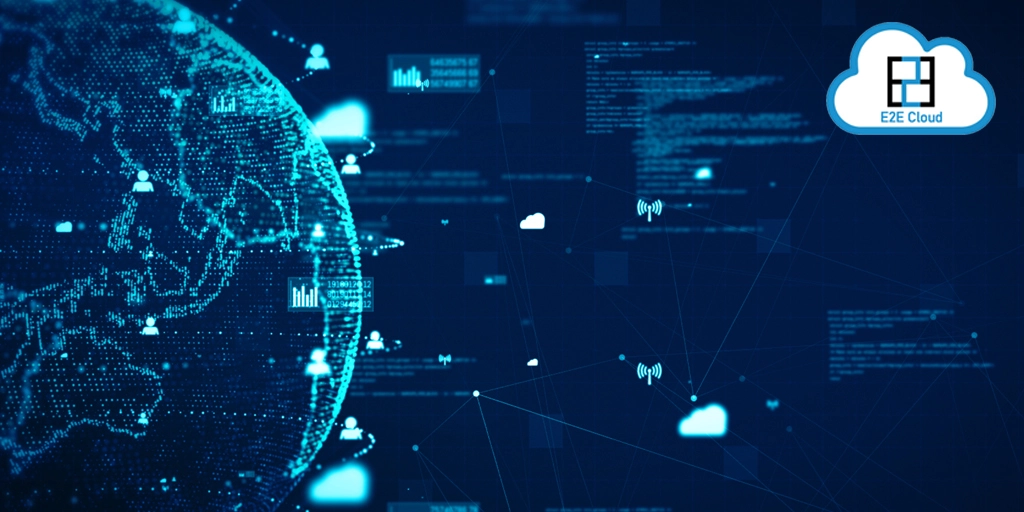Web applications and APIs form the fundamental unit of all internet-connected devices. A web application is a program that utilises a web browser for functioning. In contrast, an API (i.e., an application programming interface) is software that allows two or more applications to interact and exchange data.
With the exponential increase in the businesses taking the online route, more and more attackers target the web applications and API for causing harm either for monetary incentives or for disrupting the services of rivals or competitors.
Why is Web application and API required?
Numerous new businesses have a weak and vulnerable internal structure that can be exploited for leaks and cyber attacks. Fragile, exposed, or broken APIs are a significant reason behind data breaches. The data breaches lead to the exposure of sensitive data like financial, personal, and medical data being exploited by hackers. And this is the reason they need to be even more stringent protocols and security systems. Here we talk about the new rules for web applications and API security so that your applications can be aligned with how modern applications must be built.
According to reports, 350,000 new malware are being created every day and are evolving at a rapid pace, faster than the security systems could identify. Many antivirus vendors are not able to protect companies against malware. The new rules for web applications and APIs implement a better model that adds confidence into the security toolchain, by which a practitioner can run his system without the fear of malicious attempts.
The Demand for New Rules for Web Application and API
Now, web applications and APIs have new requirements for security technology. They demand to examine the behaviour and intent of the traffic along with its signature—for example, recording data such as login status, login time, speed of request. There is also a requirement of tools that run in monitoring as well as locking modes. The security teams need tools that block the threats and not just diagnose issues after the system has been attacked.
Importance of Usability of Security Tools
The earlier security tools were designed to solve the problems but not designed for usability. Today, the modern teams working on their products want to understand and themselves operate the tools. They want the control and ability so that they can themselves integrate, understand, and take action. The teams demand a simplistic user interface for the operators.
Today, a security solution must have a simple, intuitive user interface that allows the operator complete control and the entire solution’s visibility. Many times the tools created are not capable of being integrated into the web applications and API. This leads the user to keep navigating to keep navigating between the security system and his product. Such a solution weakens the entire security system creating visibility gaps. Today security tools set providers must implement automation and, by default, integration into the web applications and API controls. The security solutions should be easy-to-use and offer real-time stats for monitoring and observing the system’s data.
Real-time Reaction Capability
The capability of performing real-time reactions to the attacks is essential as it takes seconds for malware to do considerable damage. And if it takes minutes or hours to spot an attack, the security system has failed. Therefore real-time visibility and real-time reactions are essential to be implemented into the security solutions. All the security practitioners, developers, and operators must adopt an Engineering mindset to create secure software. This will help them work as a team and on the same page.
Protecting Web Applications and APIs
Web application firewalls can also monitor and protect web applications from a wide variety of attacks at the application. API security can be enhanced by utilising encryptions and signatures. Signatures here are required to ensure that the decryption and modification are done by the right user only and no one else in between. It is also crucial to identify vulnerabilities in our system by testing for weak spots and using sniffers to detect security issues and data leaks. API Gateways can also help authenticate the traffic and analyse how the APIs are being used.
Conclusion
Digital transformation has fuelled the development of web applications and APIs. Many products today have APIs playing a central role in their product, and hence API security is crucial. Businesses use web applications and API to connect services and transfer their data. Vulnerable, broken systems can be fatal for sensitive data and therefore need to be protected. The security systems need to implement modern requirements in the solutions to keep up with the evolving cyber threats.
.png)


.png)






